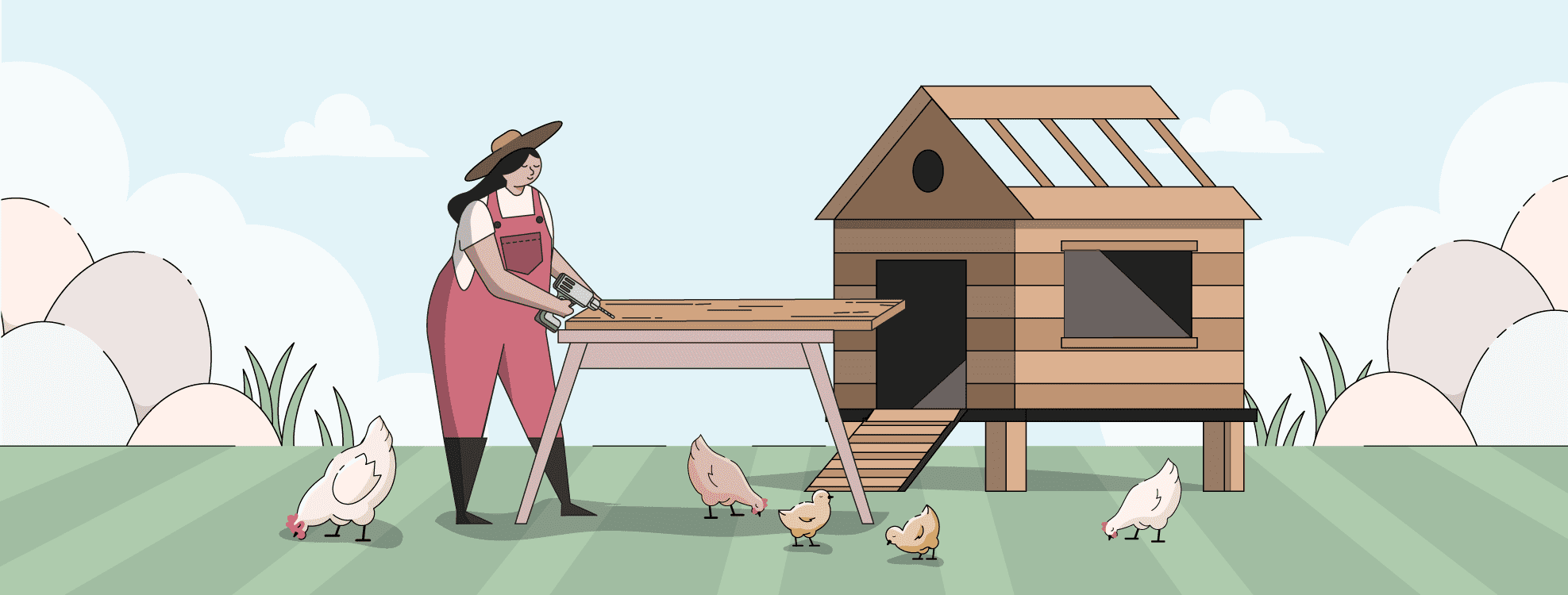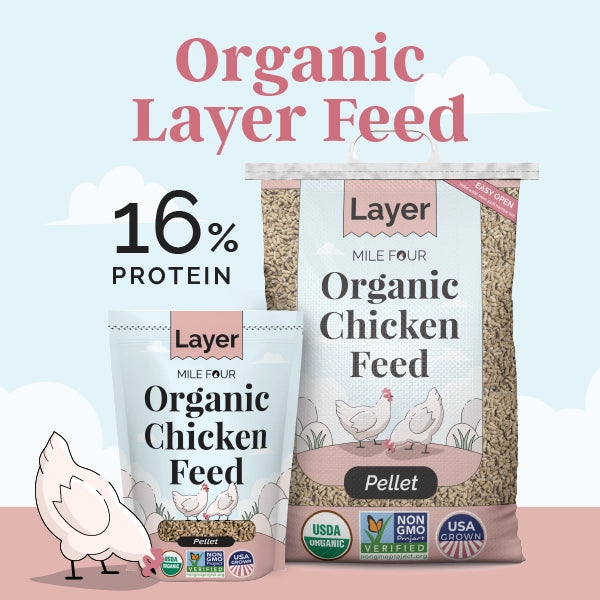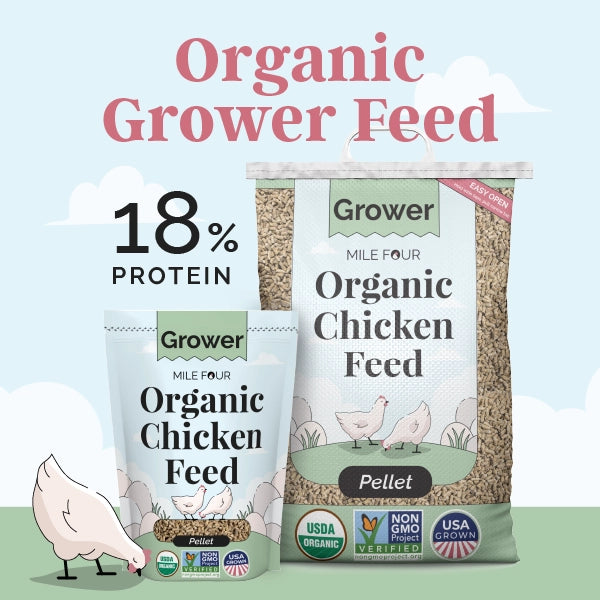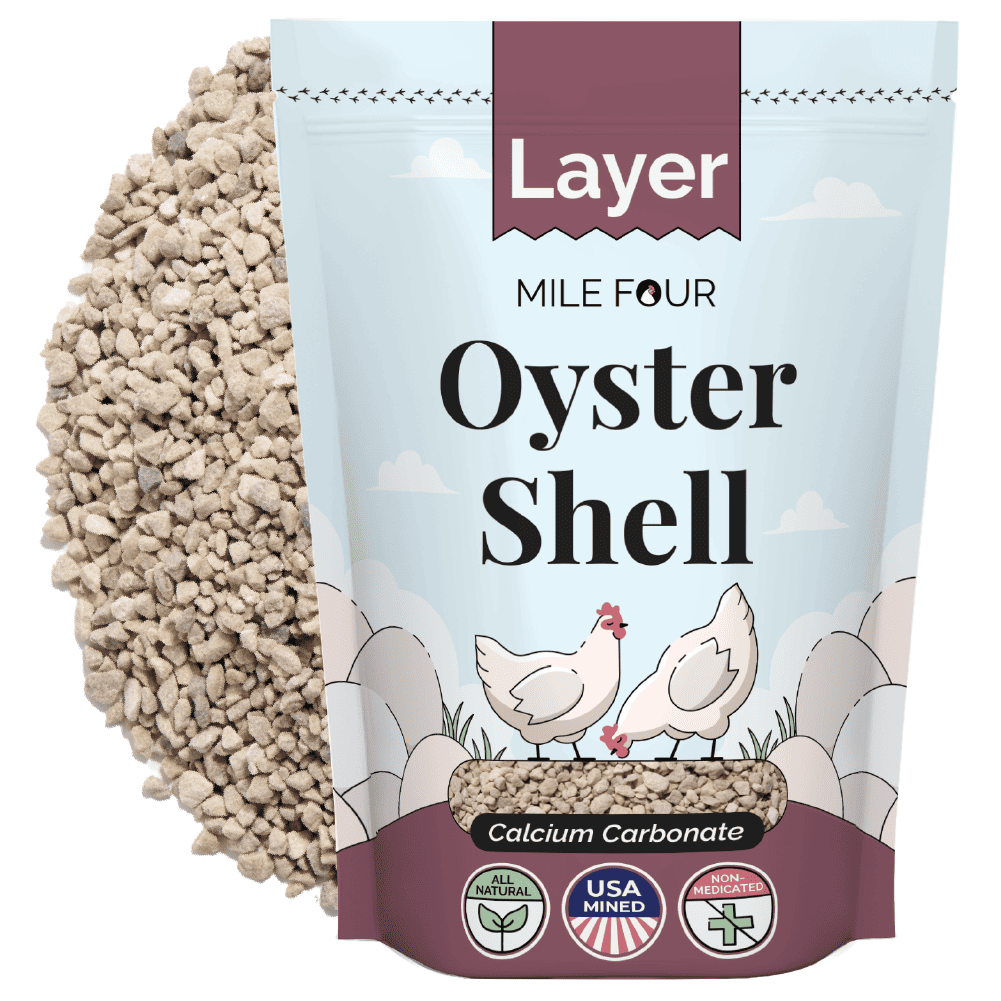Keeping chickens is a fun enriching and healthy hobby but no truthful person will ever tell you it cheap one. Especially when first setting up for your flock the costs can be steep.
Probably the most expensive of these start-up costs is a chicken coop.
Chicken coops can even feel prohibitively expensive for a first-time keeper.
After all, buying a prefabricated coop can cost more than $1000, and people who do not build much can feel too inexperienced or unskilled to build a safe and sturdy coop for their girls.
People might also worry that the costs in materials will offset any money saved by not going prefabricated.
Fortunately, there are many ways to cut back on the costs of a chicken coop without compromises to the health and safety of your chickens.
From clever repurposing of the things already in your backyard (or someone else’s) to careful planning for the long life of your coop, building a chicken coop is easier and much, much cheaper than you might think.
1. Download Free Chicken Coop Plans Online
There are hundreds of easily usable coop plans available online. For the handier among us, there is no need to even find the perfect plan, as any fairly competent builder or woodworker can modify a blueprint or draw up their own based on the many available photos of potential chicken coops or coop designs. Repurpose an old shed or existing structure.
The easiest way to build a chicken coop is not to build one at all, and the cheapest way to buy one is not to do that either.
Instead, old sheds or other outdoor buildings (like an outhouse shell or wooden playhouse, if you have them lying around) can pretty easily be repurposed onto a functional chicken coop.
If you are lucky, you shed will already be elevated a few inches off the ground, which will protect your girls from moisture and predators, and all you will have to do is add some ventilation, entrances, roosts, and nesting boxes (and a run if you want it).
2. Source Wooden Pallets

If you can find them, and you almost certainly can, old pallets are just about the best chicken cop material you can get.
They are essentially prefabricated walls, and you should be able to find pretty easily people who do not want them any more and are happy to give them to you for free or close to it.
The fact that they are not solid works in your favor, too, as good ventilation is crucial in having a healthy flock of hens.
One thing to look out for with old pallets (or any salvaged material) is that they are in good condition.
Mold, rot, or other issues will compromise the structure of your coop and lead to major (and expensive) problems down the line.
3. Salvage Discarded Wood

Discarded wood seems hard to find until you start looking for it, in which case you start seeing it everywhere.
Chicken keepers should have very little difficulty in finding all of the boards they need for their coop without spending a dime on them.
One thing to keep in mind, though, is what kind of wood you are using. Pressure-treated lumber, in particular, can be toxic to hens because of the toxic copper compounds it leaches into the soil, and so should be avoided in most cases. (People in extremely humid climates or with major termite problems may find it is their only option that will last very long at all in those conditions.).
4. Use plywood and other inexpensive materials

If you strike out on the salvage route, there are still ways to save money while buying new materials.
Remember that your hens do not have a sense of aesthetics or taste, and will not care how “fancy” your materials are. Plywood, for example, makes for excellent and sturdy coop walls.
One thing to keep in mind here, though, is the kinds of weather and wear your coop will have to stand up against.
Someone hoping their coop will survive New England winters or Florida hurricanes may want to err on the side of sturdiness over cost, where a California chicken keeper will be perfectly happy with the cheaper option.
5. Reuse a Kitchen Cabinet or another Boxy Wooden Structure

Once you start thinking about it, you can look around and find all sorts of things that can be repurposed into a chicken coop.
Old kitchen cabinets, dressers, and basically anything that could be described as a wooden box can potentially find a second life as a home for your hens.
These are admittedly harder to come by than scrap wood and old pallets, but can be an excellent starting point for a cheap, sturdy coop.
6. Milk Crates Make Great, Easy Nesting Boxes

Many first-time coop builders are surprised by how basic many elements of the perfect coop set-up are, but there is no need to get fancy, purpose-built components for your chicken coop.
Any old two-by-four makes a lovely roost, and milk crates are actually ideal nesting boxes.
Their high sides and generally sturdy construction will keep your hens happy, and the ease and low price of finding them used and in good condition will keep your wallet happy, too.
Read Ultimate Guide to Chicken Nesting Boxes.
7. Repurpose Old Fencing Materials
Got old fence posts or leftover chicken run materials lying around? Don’t toss them—repurpose them! Wooden fence posts, wire mesh, and even slats from an old fence can be easily turned into parts of your chicken coop. Chances are, these materials are either free or incredibly cheap, and they can make a sturdy, safe home for your chickens.
Repurposing materials you already have is a smart way to save while still getting a solid coop. Look around for things you can reuse—those old fence posts could be great for roosting bars, wire mesh can help keep your chickens secure, and slats might be perfect for making nesting boxes.
8. Use Leftover Paint
Odds are, if you have ever done a home renovation or even just painted a room in your house, you have cans of that paint sitting unused in your basement or garage.
Building a chicken coop can be those cans time to shine!
Your hens will not care if their coop is painted the same shade of Pepto-Bismol pink your five-year-old wanted her room to be, and the paint can help protect the wood from the elements it would otherwise be subjected to in the great outdoors.
9. Use a Chicken Tractor Instead of a Traditional Coop

A chicken tractor is essentially a mobile home for hens.
It is a portable, floorless chicken coop that can be moved around your yard to give your girls access to fresh grass without having to let them free range across your yard and potentially your neighbor’s.
They work best for people with more space in their yards, but if you have the room, they are worth considering as a cheaper alternative to a more traditional coop.
Because they do not need to have a floor (though some keepers choose to add them as additional security) and can be relocated away from particularly damaging weather events, etc., tractors can be cheaper and easier to construct.
10. Plan Ahead

While it may seem cheapest to build the smallest coop possible (and it will be, in the short run), keep in mind your long-term plans when putting together a chicken coop.
Are you planning on expanding your flock in the future? If so, build the coop for that larger flock now, instead of starting small and having to redo it, expand, or build a new coop later.
There is no harm to your hens in having a coop that is bigger than their minimum requirements, and building one coop, even a larger one, will always cost less – in terms of money, time, and labor – than building two a few years apart.
11. Cut Costs, Not Corners
Remember, the cheapest way to build a chicken coop is to only have to build it once.
This applies to size (see above), but also to quality. If you skimp too much in building a chicken coop, settle for improper materials or tools, or choose a low-quality or inappropriate plan, you may find yourself having to recalculate all these expenses a few years down the line.
The best way to avoid this is to put in the time and effort to do it correctly the first time. It will be stressful, but if you are careful and thoughtful, it only has to be stressful once.
It is true that chicken coops have the potential to be a major expense, if not the major expense in setting up to keep chickens for the first time. However, having the potential to be expensive does not mean they have to be.
Even the least handy future chicken keeper can build their girls a perfectly serviceable coop for almost no money
With a little bit of resourcefulness and luck in sourcing your materials, there is absolutely no reason that a safe a durable chicken coop has to break the bank.

Have a look at Mile Four Hemp Bedding for coops and Chicken Nesting Pads for fresh, cleaner & eco-friendly ways for your flock.





![Winter Chicken Care | Ultimate Guide [2026]](http://milefour.com/cdn/shop/articles/Mile_Four-Content-15_e1067340-1a72-4632-83f5-c66d9a2158d9.png?v=1767031296&width=1500)





2 comments
At the moment I cannot have any lime is there something else I can use
Hi. This is Kiana, the Marketing Specialist from EnamelPins. Inc (gs-jj.com).
We love your website and sincerely hope to build business cooperation with you. Do you accept paid collaboration forms such as embedding links, guest posts, and banners? If you accept these, you can contact us at any time.